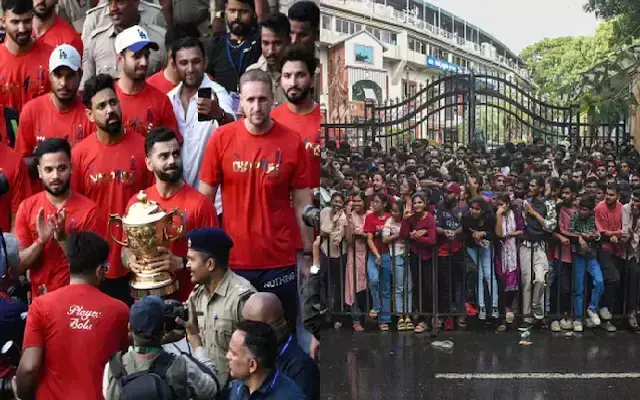
Why did Telangana record the third-worst sex ratio at birth in 2022?
In a disturbing trend, Telangana recorded the third-worst sex ratio at birth in India in 2022, with a dismal 907 girls for every 1,000 boys. This stark statistic raises several questions about the root causes of this phenomenon and what can be done to address it.
Experts attribute this trend to a combination of factors, including rapid and unequal development, the imposition of the two-child norm without accompanying social progress, and persistent economic pressures like dowry and education costs.
Rapid and Unequal Development
Telangana, being one of the fastest-growing economies in the country, has witnessed rapid urbanization and industrialization. While this growth has brought prosperity to some, it has also led to increased economic inequality and a widening gap between the rich and the poor. This inequality has resulted in a heightened emphasis on male offspring, as parents seek to secure their sons’ financial futures and ensure their families’ social status.
The unequal distribution of resources, including education and employment opportunities, has also contributed to this trend. In a society where boys are often prioritized, girls are often relegated to secondary roles, limiting their access to education, healthcare, and other essential services. This perpetuates the cycle of discrimination and disadvantage, making it more difficult for girls to survive and thrive.
Imposition of the Two-Child Norm
In 2017, the Telangana government implemented a two-child norm, which restricts government benefits and employment opportunities to families with more than two children. While this move was intended to control population growth, it has had unintended consequences. By stigmatizing larger families, the policy has created an environment where parents are reluctant to have more than two children, especially daughters.
The imposition of this norm has also led to a surge in sex-selective abortions, as parents opt for male offspring to ensure they meet the two-child limit. This has resulted in a significant decline in the number of girls being born, further exacerbating the sex ratio imbalance.
Persistent Economic Pressures
Dowry and education costs continue to be significant economic pressures for many families in Telangana. In a society where girls are often burdened with the responsibility of paying dowry, parents may opt for male offspring to avoid this financial burden. Similarly, the high cost of education has led to a perception that boys are more likely to succeed in education and employment, making them a more valuable investment for families.
These economic pressures have created a culture where daughters are viewed as a financial liability, rather than a valuable asset. This mindset has led to a decline in the birth rate of girls, as parents seek to minimize their financial burdens and maximize their returns.
Breaking the Cycle of Discrimination
So, what can be done to address this issue? Firstly, it is essential to recognize that the sex ratio imbalance is a symptom of a deeper issue – the discrimination and marginalization of girls and women in society. To break this cycle, we must work towards creating a more equal and equitable society, where girls and boys have access to the same opportunities and resources.
The government must also reconsider the two-child norm and focus on providing education and employment opportunities to all, regardless of gender. This can be achieved through targeted policies and programs that promote gender equality and challenge discriminatory attitudes.
Furthermore, we must address the economic pressures that drive the preference for male offspring. This can be achieved through policies that promote economic empowerment for women, such as education and job training programs, as well as initiatives that reduce dowry and education costs.
Conclusion
Telangana’s third-worst sex ratio at birth in 2022 is a stark reminder of the challenges we face in creating a more equal and just society. To address this issue, we must work towards creating a culture that values girls and women as much as boys and men. This requires a sustained effort to promote gender equality, challenge discriminatory attitudes, and provide education and employment opportunities to all.
By working together to break the cycle of discrimination and marginalization, we can create a brighter future for all, where every child has the opportunity to thrive and reach their full potential.






